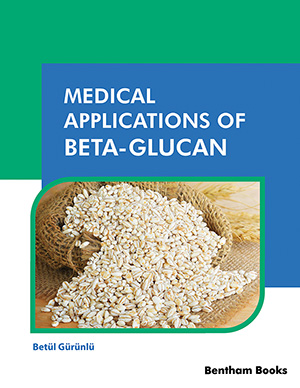Abstract
The tribal people of India consider North-East India to be a hotspot. It
contains eight states: Arunachal Pradesh, Assam, Manipur, Mizoram, Meghalaya,
Nagaland, Tripura and Sikkim, and it borders international boundaries with Bhutan,
Tibet, China, Burma and Bangladesh. The Indo-Burma biodiversity hotspot, which is
home to a broad spectrum of unusual flora, fauna and microorganisms, is located in the
Northeast Region. The region has the evergreen forest of the Brahmaputra River valley,
wide leaf forest, dense bamboo and pine forest and the world's wettest location
(Cherrapunji and Mawsynram), all of which help to maintain the region's unique
biodiversity. North East region is the inhabitant of more than 145 significant tribal
communities with the most dominating primitive societies, including the Abor,
Mishing, Rabha, Khasi, Kuki, Naga, Meitei, Apatani, etc. Most of these communities
are culturally and linguistically diverse. The NER's tribal population is literate
compared to other parts of the country, and it's worth noting that the literacy rates in
Mizoram, Meghalaya, Nagaland, Sikkim and Manipur are all higher than the national
average. Despite their high literacy rate, India's North-Eastern states continue to have
poor transportation, power and medical services. The healthcare system is in bad shape,
with only a few hospitals and nursing homes. As a result, the people residing in this
area rely exclusively on a traditional system of medicines made by traditional healers
from plants, animals and mineral resources. It was stated that medicinal herbs are
prepared using traditional methods, such as maceration, decoction, and infusion, either
alone or in combination with other plants. The key species of medicinal plants often
employed by the traditional healers of the region are Acorus calamus, Aegle marmelos,
Asparagus racemosus, Averrhoa carambola, Bryophyllum calycinum, Costus
speciosus, Euphorbia neriifolia, Justicia adhatoda, Melia azadarachta, Plumeria
acutifolia, Sida cordifolia, Sida rhombifolia and Swertia chirata. This extensive work
will aid the researcher in locating previously unknown medicinal plants in order to
build a new therapeutic method for isolating new chemical entities that are safe,
pharmacologically active, and cost-effective.
Keywords: Medicinal plant, North-East India, Traditional medicine, Traditional healers.






















